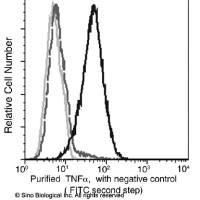The non-obese diabetic (NOD) mouse spontaneously develops type 1 diabetes (T1D) and has thus served as a model for understanding the genetic and immunological basis, and treatment, of T1D. Since its initial description in 1980, however, the field has matured and recognized that prevention of diabetes in NOD mice (i.e., preventing the disease from occurring by an intervention prior to frank diabetes) is relatively easy to achieve and does not correlate well with curing the disease (after the onset of frank hyperglycemia). Hundreds of papers have described the prevention of diabetes in NOD mice but only a handful have described its actual reversal. The paradoxical conclusion is that preventing the disease in NOD mice does not necessarily tell us what caused the disease nor how to reverse it. The NOD mouse model is therefore best used now, with respect to human disease, as a way to understand the genetic and immunologic causes of and as a model for trying to reverse disease once hyperglycemia occurs. We describe how genetic approaches to identifying causative gene variants can be adapted to identify novel therapeutic agents for reversing new-onset T1D.






